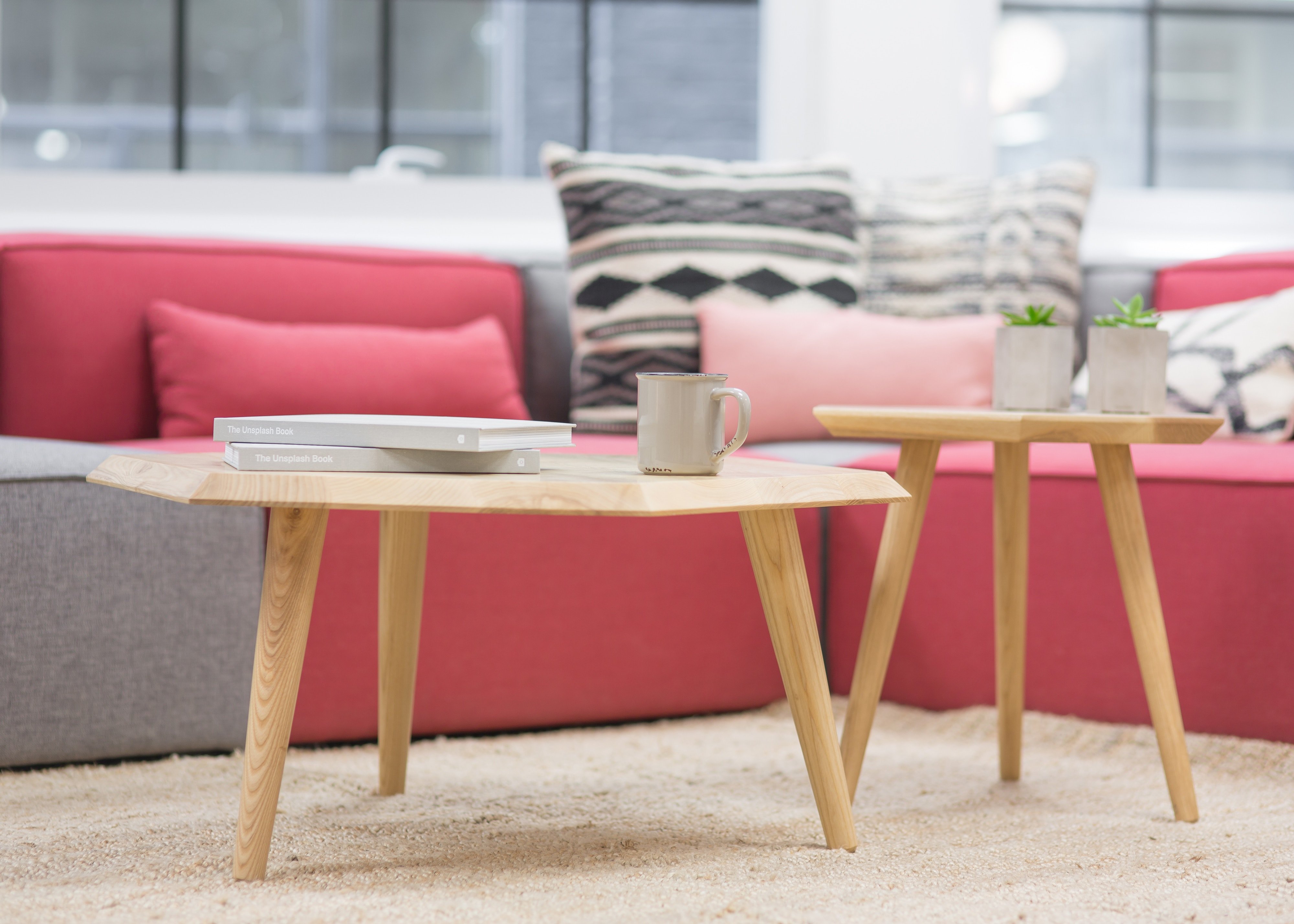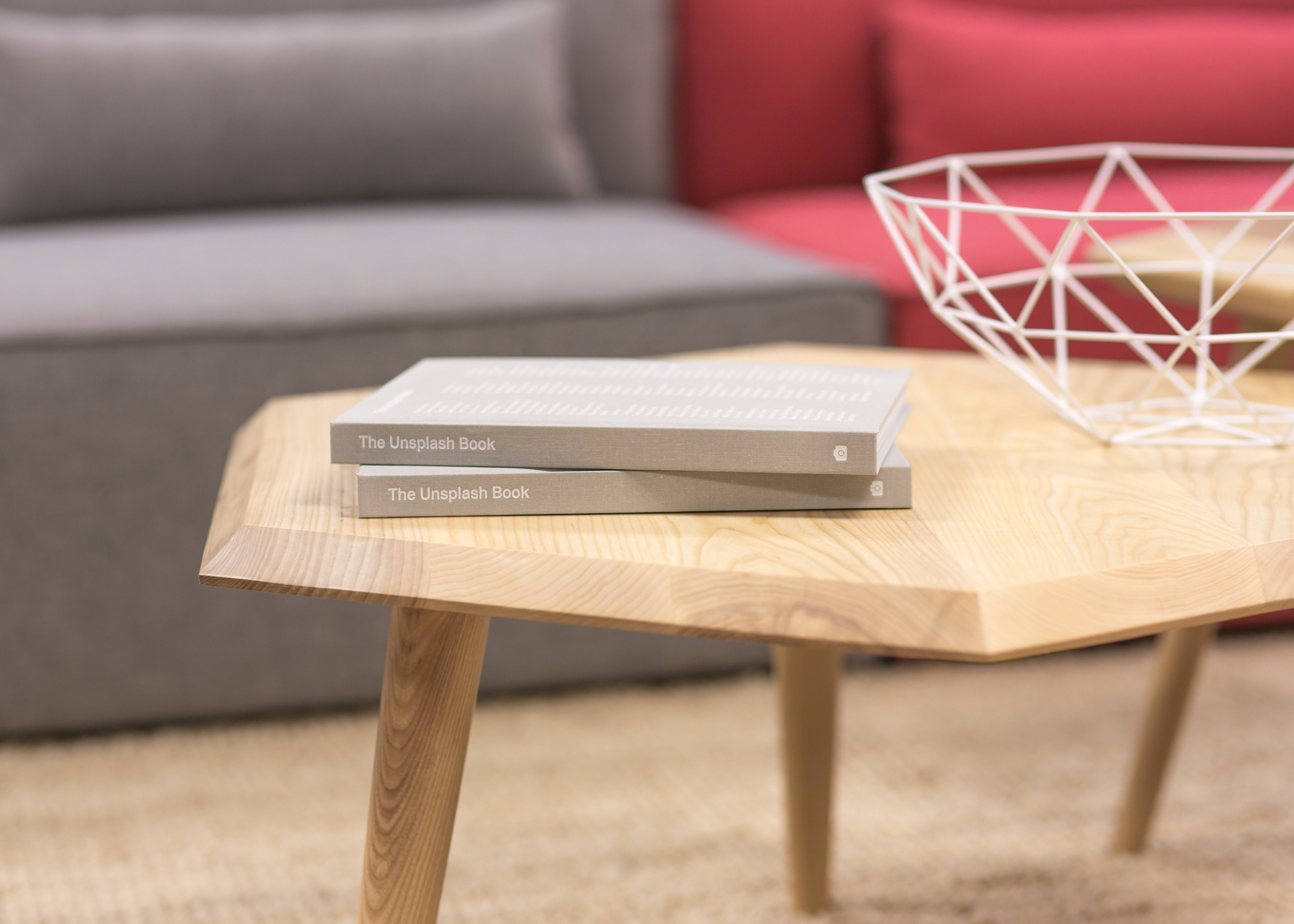There are people who like new beginnings and fresh starts. And there are those who hate changes and milestones in general.
I personally am a kind of person who continually tries to improve the way I work and think. I also am not reluctant to see (and I even actively look for) opportunities for growth and development in all areas of life and work. I find growth and changes as interesting, and I often challenge myself with different endeavors, at which I have to leave my comfort zone and stretch my capabilities.
It might sound unusual but challenges make me more satisfied. The previous statement is valid even if I do not fully succeed in a certain challenge to the extent to which I was hoping for. Perhaps (I dare to say that very likely) due to the continuous tackling of new challenges in different areas of my work and life I am becoming a little better human being.
Moving, optimising, minimizing
This year I will move from my current flat to a new home. While I am in the process of selling the apartment, I realized that it is wise and practical to optimize all the stuff I have in my current home. Perhaps I can do an additional step and not only optimize… why not minimize? Minimize does not mean that I would be left with as little things as possible. It means I would conclude minimization challenge with ONLY the RIGHT stuff that should be moved to new home.
 Photo by Sophia Baboolal on Unsplash
Photo by Sophia Baboolal on UnsplashIntroducing Getting Things Done (GTD)
I am a longtime practitioner of the GTD and certified master trainer of GTD, so I have my stuff clarified and organized in line with the GTD method. What is GTD (or Getting Things Done)? Fastest way to grasp the methodology (for those, who are not yet familiar with it) can be if you watch this video:
Source: Epipheo public video
So as I said: my staff is already in line with the GTD methodology. This means that any 'open loops' (stuff that is not such as should be) are either 'closed' or I made the decisions regarding desired outcomes and next actions about how to close the loops and reminders about what to do and where are entered into my GTD system.
Moving is such a great opportunity for 'less is more'!
However moving from flat to flat is just such a great opportunity to look at all my things from a different angle than I am used to (and yes, I will make a new challenge out of this!). As a general rule for each and every object in my flat I will use: nothing that is not useful, I need or I like goes with me to a new flat. Therefore the review of my stuff I have in the apartment will be different from the "general cleaning" and it will be more thorough and radical.
If I rephrase the above general rule in form of the question:
"Do I need and want to have this thing in my new home?”
As a certified master trainer of GTD (Getting Things Done) methodology, I am using 5 steps of GTD when tackling any of my challenges (or should I rather say OPPORTUNITIES?).
How to use 5 GTD steps when you are preparing stuff to move to a new home?
| step 1 | step 2 | step 3 | step 4 | step 5 |
|---|---|---|---|---|
| CAPTURE | CLARIFY | ORGANISE | REVIEW | ENGAGE |
| Collect (physically or simply write on paper or in digital form) everything that attracts your attention. | Make 2 decisions for each of the listed or piled items: 1-What is the desired outcome or destination for an item? 2-What is the first next action? | Put items on piles or write down next actions regarding items and piles in your reminders system or GTD system (digital or paper). | Review what is the most meaningful next action to be done in certain context and make sure you do a weekly review of progress. | Simply do activities from your lists. |
Let's see a few concrete examples of all 5 steps!
Example of concrete activity at step 1:
List or move on big pile all the stuff that has to be moved. If this is too much, list the spaces, you will tackle one by one. Examples could be: the office, bookshelves, clothes and shoe area, running equipment, cosmetic drawer etc.
Example of concrete activity at step 2:
Decisions about your stuff can be (for example):
- Trash immediately (put it in the garbage can).
- Too big to trash (goes on a separate pile that will wait for transportation to the place where big items of trash are collected).
- A pile for giving stuff to friends and/or family.
- A pile for transportation to a charity organization.
- A pile for temporary storage until new some if finished and there is enough storage space.
- A pile that goes with you, at first transportation to your new home.
- Optional: a pile for selling online prior to movement date.
Example of concrete activity at step 3:
Regarding your pile ready for the charity organization you write the title of the project on your Projects list: "Deliver stuff to charity organization". You also write first visible activity that you will do to close this project. For instance: you will ask your friend Ana to which charity is she giving, so you intend to call her to ask and therefore you write on your Calls list: "Ask Anna to which organization she gave her clothes."
Example of concrete activity at step 4:
Whenever you are deciding what to do next, you see, what is the best thing being done at that time based on context (where you are) and time and energy available. You also check the priority of activities from one of the lists (depending on the context) and decide what is to be done in step 5.
Example of concrete activity at step 5:
When you will have time and phone, you will call Ana and ask her regarding charity she chose and if you will decide to do the same, then you will add next step of this project on the relevant list in your GTD system: "Drive stuff to charity 'xyz'" goes on list Errands or you might even decide that it is best that you drive the things right away if it is the right timing for this activity.
Let's do this!
I am ready to optimise and minimize! Some of you - I am sure - will also get a motivation to review and reduce some of your stuff.
Even if unusual, I am very much looking forward to this challenge! How so? From my previous experiences of optimising stuff, I still find it incredible, how getting stuff in order and get rid of obsolete it is beneficial as such. But at least equal if not greater benefit derives out of effect this process has on other, non-material aspects of life and thinking.
 Photo by Sophia Baboolal on Unsplash
Photo by Sophia Baboolal on UnsplashSometimes it's enough that I see an object, garment, or a file in the computer's memory, and I remember something else I want to do, change, upgrade or stop doing. And it does not even have to be a physical thing at all. Recently the look at the coffee mug, I bought in Amsterdam and it reminded me that it's time to plan a trip to some nice European city... and this is now one of the 2018 projects.
